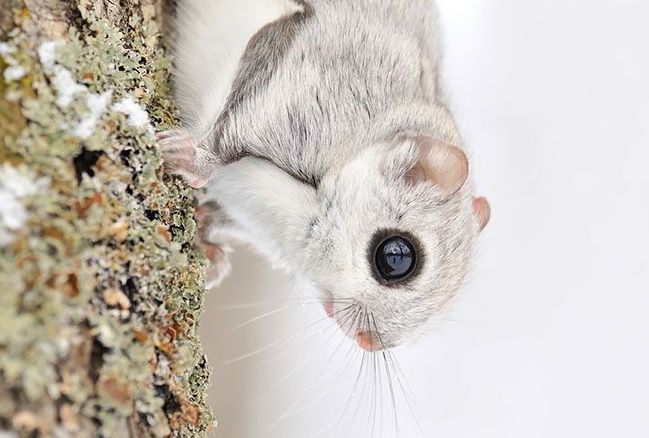|
|
Flying Squirrel
|
There are multiple hypotheses that attempt to explain the evolution of the gliding mechanism in flying squirrels. One possible explanation is related to energy efficiency and foraging. Gliding is an energetically efficient way to progress from one tree to another while foraging, as opposed to climbing down trees and maneuvering on the ground floor or executing dangerous leaps in the air. Flying squirrels are also able to rummage through a greater area of forest more quickly than tree squirrels due to gliding at high speeds. They are adapted to gliding long distances by increasing their aerial speed and producing more lift. Other hypotheses state that the mechanism evolved to avoid nearby predators and prevent injuries. If a dangerous situation arises on a specific tree, flying squirrels have the ability to glide to another, typically assuring safety from the previous danger. Furthermore, take-off and landing procedures during leaps, implemented for safety purposes, may explain the gliding mechanism. While leaps at high speeds are important to escape danger, the high-force impact of landing on a new tree could be detrimental to a squirrel’s health. Yet the gliding mechanism of flying squirrels involves structures and techniques during flight that allow for great stability and control. If a leap is miscalculated, a flying squirrel may easily steer back onto the original course by using its gliding ability. A flying squirrel also creates a large glide angle when approaching its target tree, decreasing its velocity due to an increase in air resistance and allowing all four limbs to absorb the impact of the target.
Life cycles
The life expectancy of flying squirrels in the wild is about six years, but flying squirrels can live up to fifteen years in zoos. The mortality rate in young flying squirrels is high because of predators and diseases. Predators of flying squirrels include tree snakes, raccoons, owls, martens, fishers, coyotes, bobcats, and feral cats. In the Pacific Northwest of North America, the northern spotted owl (Strix occidentalis) is a common predator of flying squirrels.
|
|









